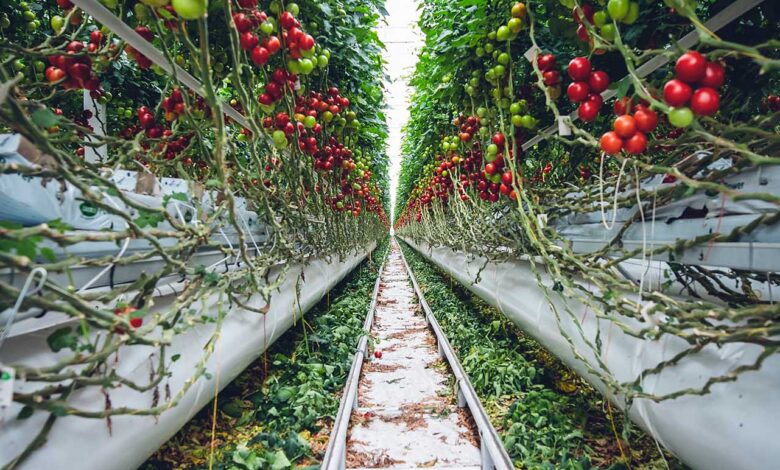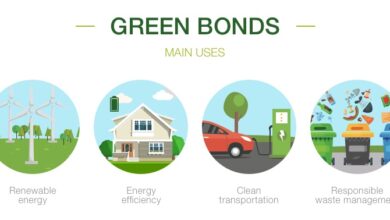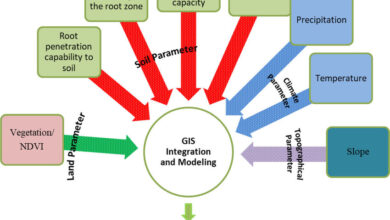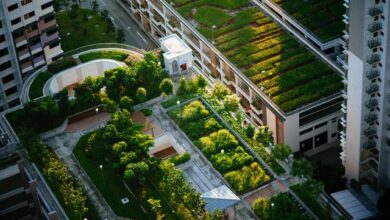The Potential of Vertical Farming for Sustainable Food Production

In recent years, the global population has been steadily growing, and with it, the demand for food has increased. However, the traditional method of farming is not sustainable, and it has been proven to have negative impacts on the environment. Vertical farming is a potential solution that can address these issues. In this article, we will explore the potential of vertical farming for sustainable food production.
Introduction
- Definition of vertical farming
- Importance of sustainable food production
Vertical farming is a method of growing crops in vertically stacked layers, using controlled-environment agriculture (CEA) technology. This means that crops are grown indoors, under controlled conditions, without the use of soil. This method has gained popularity in recent years due to its potential to address the challenges of traditional farming methods.
Advantages of Vertical Farming
- Water conservation
- Increased crop yield
- Reduced use of pesticides and herbicides
- Reduced carbon footprint
One of the most significant advantages of vertical farming is that it can conserve water. Traditional farming methods use a large amount of water to grow crops, and a significant amount of it is wasted due to evaporation and runoff. Vertical farming uses a closed-loop system, which means that water is recycled within the system, reducing water wastage.
Vertical farming can also produce a higher crop yield compared to traditional farming methods. This is because crops can be grown year-round, and the environment is optimized to provide the ideal growing conditions for each crop. Additionally, vertical farms can produce crops in a fraction of the space required for traditional farms.
Another advantage of vertical farming is that it reduces the use of pesticides and herbicides. Traditional farming methods often require large amounts of these chemicals to protect crops from pests and weeds. In vertical farming, the controlled environment reduces the need for these chemicals, resulting in safer and healthier produce.
Finally, vertical farming has a significantly lower carbon footprint compared to traditional farming methods. Traditional farming methods require the use of heavy machinery and transportation, which contribute to greenhouse gas emissions. Vertical farming reduces the need for transportation, and the controlled environment reduces the need for energy-intensive lighting and heating.
Challenges of Vertical Farming
- High startup costs
- Energy requirements
- Limited crop diversity
One of the main challenges of vertical farming is the high startup costs. The initial investment required to set up a vertical farm is significant, as it requires specialized equipment and infrastructure. This can be a significant barrier for small-scale farmers or those in developing countries.
Vertical farming also requires a significant amount of energy to operate, mainly for lighting and heating. This can increase the carbon footprint of the farm and increase operating costs.
Finally, vertical farming is limited in terms of crop diversity. Certain crops may not be suitable for vertical farming due to their size or growing requirements. This means that vertical farming may not be able to replace traditional farming methods entirely.
Future of Vertical Farming
- Advancements in technology
- Increased demand for sustainable food production
- Potential for scalability
Despite the challenges, the future of vertical farming looks promising. Advancements in technology, such as improved lighting systems and automation, are making vertical farming more efficient and cost-effective.
Additionally, there is an increasing demand for sustainable food production, which is driving the growth of vertical farming. Consumers are becoming more aware of the negative impact of traditional farming methods on the environment, and are looking for alternatives.
Finally, the potential for scalability is another factor that makes vertical farming promising. As the technology becomes more widespread, it has the potential to revolutionize the way we produce food, making it more sustainable and accessible to more people.



